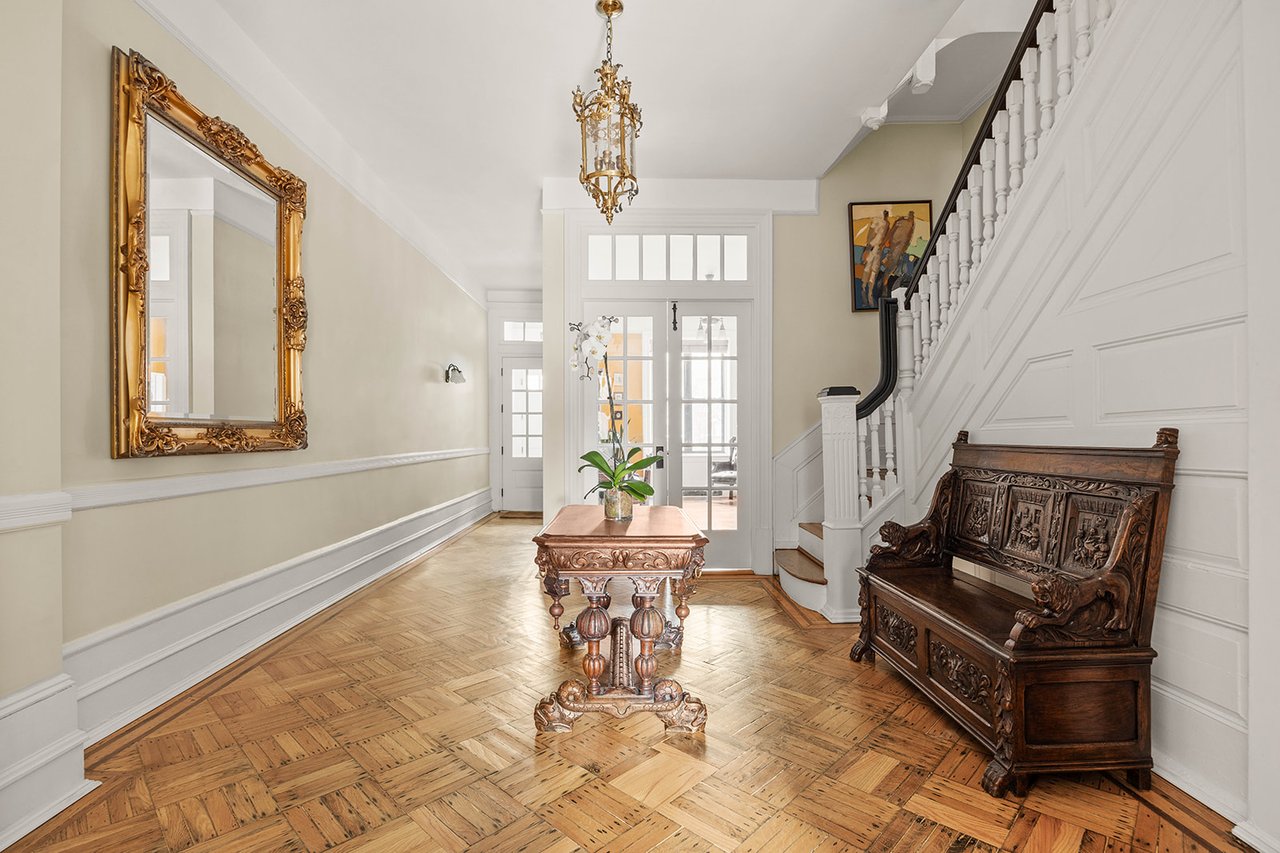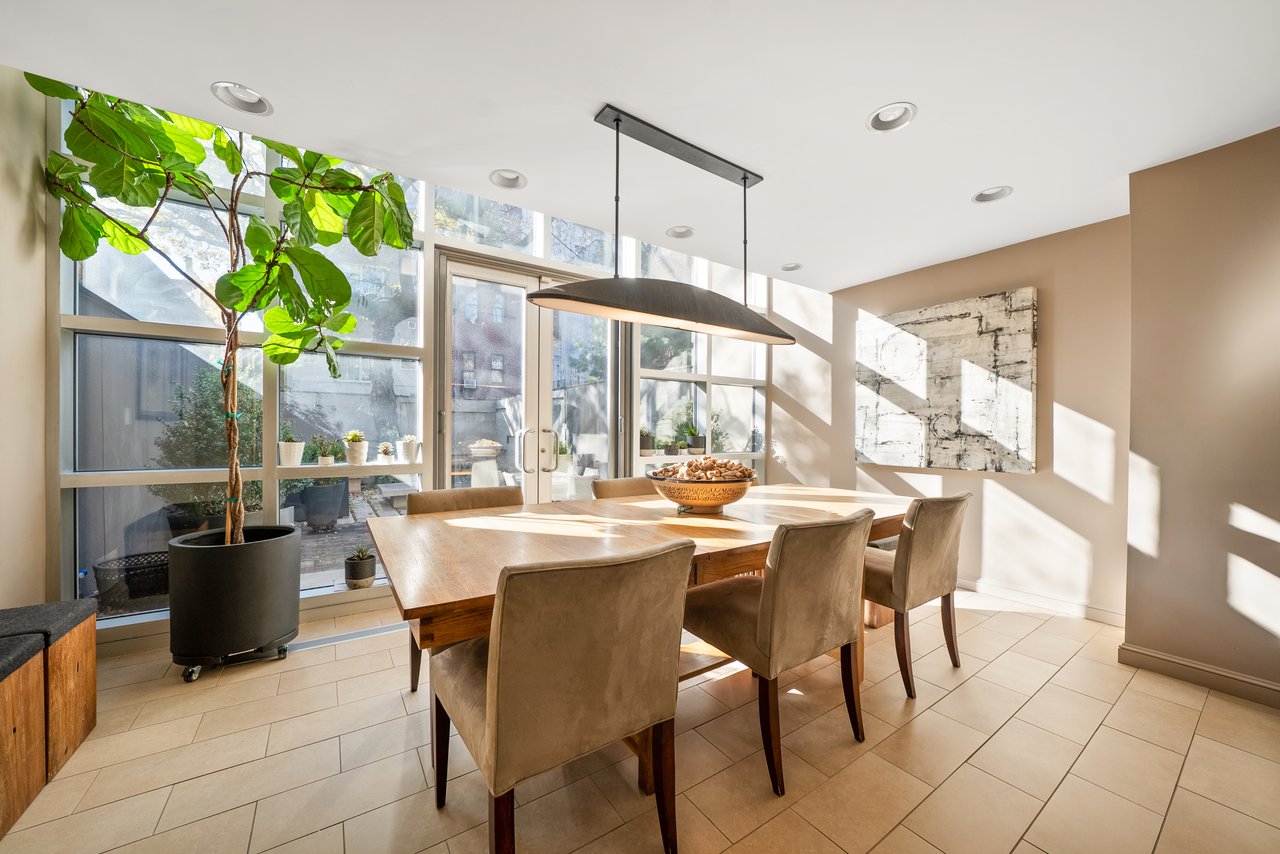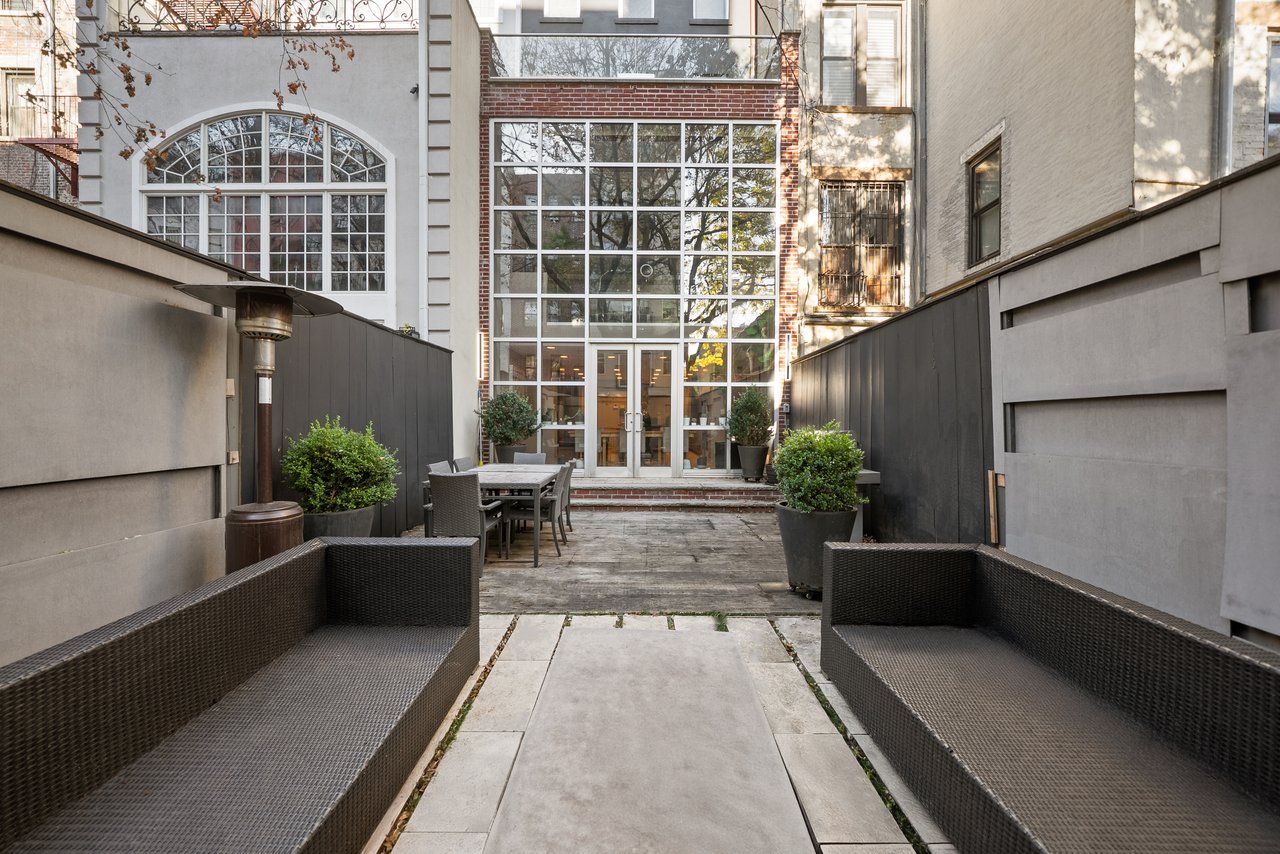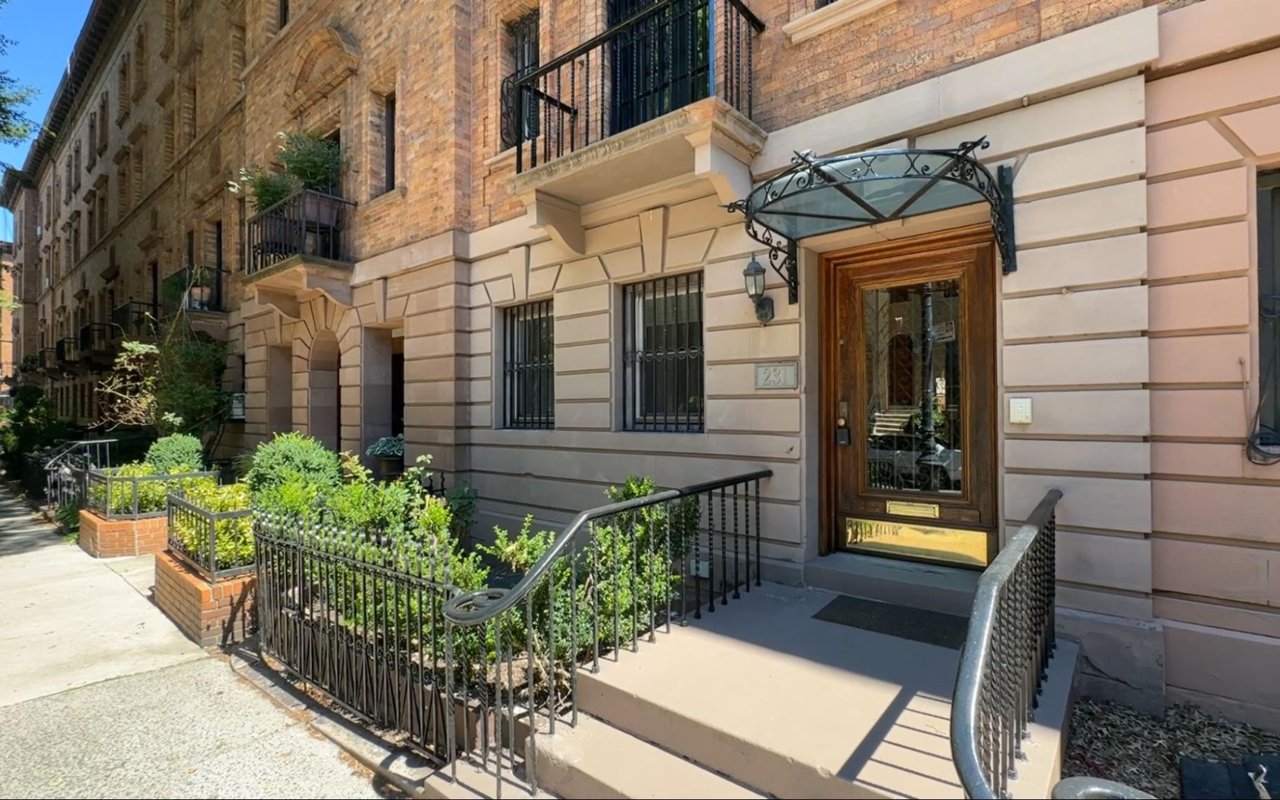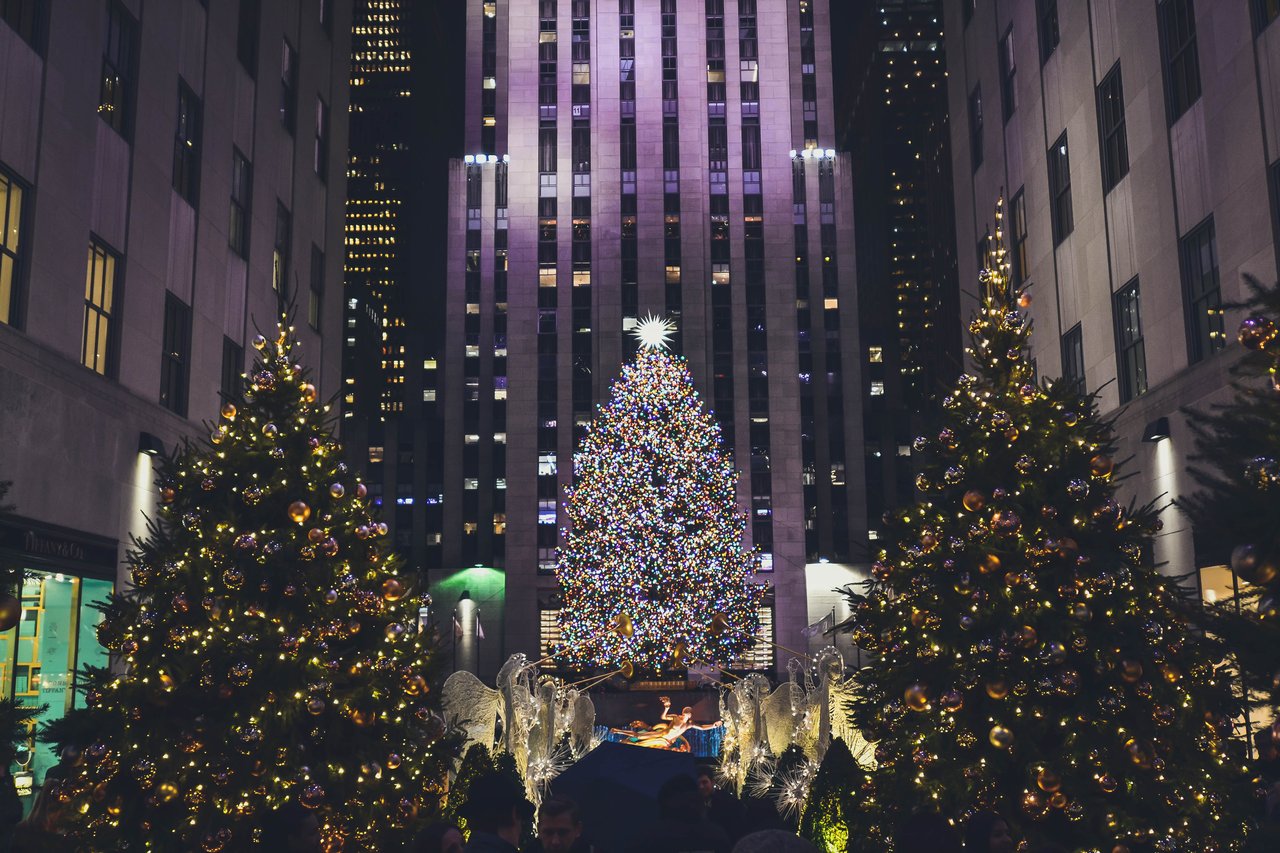Hamilton Heights: Past, Present, and Future
I’ve had the distinct pleasure of working in Hamilton Heights for over a decade and recently sold two homes there—a historic brownstone and a pre-war condominium. Spending time in the neighborhood always makes me happy. There’s an easy, vibrant pulse to the area that offers so much to those looking to stay in Manhattan at more affordable prices.
Nestled in Upper Manhattan between 135th and 155th Streets, from Edgecombe Avenue to the Hudson River, Hamilton Heights is one of New York City’s most historically rich and visually captivating neighborhoods. Known for its architectural splendor, cultural legacy, and vibrant community, it offers a unique blend of past and present—a neighborhood where American history coexists with the rhythm of contemporary city life.
A Storied Past: From Founding Fathers to Cultural Icons
Hamilton Heights derives its name from one of America’s most influential Founding Fathers: Alexander Hamilton. In 1802, Hamilton built his estate, The Grange, on what was then rural farmland, far removed from the bustle of Lower Manhattan. Though the home has been relocated twice to accommodate city development, it now rests within St. Nicholas Park, part of its original 32-acre estate, and is preserved as a National Memorial. It’s worth a visit to quickly travel back in time and see how the earliest New Yorkers lived—I was struck by how well preserved it is.
The neighborhood blossomed in the late 19th and early 20th centuries as New York expanded northward. The extension of mass transit and the construction of elevated rail lines made the area accessible and desirable for middle-class professionals. Developers responded by building elegant brownstones and rowhouses in a mix of Beaux-Arts, Queen Anne, and Romanesque Revival styles. Today, the Hamilton Heights Historic District—especially along Convent Avenue and Hamilton Terrace—preserves these architectural gems, offering a rare glimpse into the city’s Gilded Age. The gracious curve of Hamilton Terrace situates the homes with east and west exposures—an uncommon feature in a city where most townhouses have north and south orientations. Many have been beautifully renovated and are quite large with impressive gardens.
By the early 20th century, Hamilton Heights had become home to some of the most influential figures of the Harlem Renaissance and the Civil Rights Movement. Notables such as W.E.B. DuBois, Duke Ellington, Thurgood Marshall, and Ralph Ellison lived and worked in the area, enriching its cultural fabric. The nearby Morris-Jumel Mansion, Manhattan’s oldest surviving house, also connects the neighborhood to George Washington’s legacy and the colonial era.
The Present: Culture, Community, and Creativity
Today, Hamilton Heights is a vibrant and diverse neighborhood, both demographically and culturally. Artists, students, and academics—drawn by proximity to the City College of New York (CCNY)—add another layer of dynamism to the approximately 47,000 residents. The Gothic Revival campus is not only architecturally striking but has played a major role in American education, having graduated more Nobel Prize winners than any other public college in the country—an interesting fact I only recently learned while taking a walking tour of the neighborhood.
This blend of communities has produced a lively street culture, a thriving food scene, and a host of cultural institutions that keep the creative spirit alive. City College, perched high above Hamilton Terrace, continues to graduate world-changing thinkers and serves as a hub for public lectures, performances, and art. The adjacent Aaron Davis Hall hosts jazz concerts, spoken word events, and dance performances that draw visitors from across the city.
If you decide to embark on your own walking tour, it might include a visit to Hamilton Grange, a peaceful afternoon in St. Nicholas Park, and a sunset at Riverbank State Park, where the amphitheater regularly hosts free community events. Families enjoy interactive exhibitions at the Sugar Hill Children’s Museum of Art & Storytelling, while art lovers browse galleries like Gitler & and Essie Green Gallery, which highlight work from artists of African descent.
The dining scene reflects the area’s diversity and creativity. Cocina Consuelo, a Mexican supper club with a cult following, has been featured in The New Yorker for its unique blend of food and storytelling. Local favorites like Harlem Public, Bono Trattoria, and Fumo offer everything from craft cocktails to wood-fired pizza in settings that feel like neighborhood living rooms. If you leave room for dessert, do not miss Sugar Hill Creamery serving delicious homemade ice cream with quirky names like, Chairman of the Board.
The Future: Preservation, Progress, and Possibility
As New York City continues to grapple with affordability, equity, and sustainability, Hamilton Heights sits at a crossroads. The neighborhood’s desirability has grown in recent years, and with it, increased development pressures. Its elegant brownstones and landmarked blocks remain a draw for buyers seeking historic charm with proximity to Midtown and the Upper West Side.
Several promising trends suggest that Hamilton Heights is positioned for thoughtful growth. The recent “City of Yes” zoning reforms aim to encourage more equitable and flexible development across NYC. While Hamilton Heights’ many historic districts limit large-scale new construction, opportunities exist for adaptive reuse of existing buildings, accessory dwelling units (ADUs), and small-scale infill projects that respect the neighborhood’s character.
Public investment continues to play a crucial role. The newly completed pedestrian bridge at 151st Street improves access to Riverbank State Park, while city efforts to enhance parks, transit, and waterfront access help maintain a high quality of life. Meanwhile, cultural programs like the Harlem Culture Crawl ensure that art and storytelling remain central to the community’s identity.
The neighborhood is also seeing a slow but steady rise in green building practices, interest in co-living models, and the establishment of more affordable housing options tied to local income thresholds. The Perch, located at 542 West 153rd Street, is a passive rental building built in 2017—a forward-looking addition that reflects changing priorities in urban housing. As younger generations seek walkable, community-oriented environments, Hamilton Heights—with its leafy streets, mom-and-pop businesses, and architectural beauty—is well positioned to meet that demand.
Educational and entrepreneurial opportunities are expanding, too. West 152nd Street between Amsterdam and St. Nicholas Avenue, home to Dance Theatre of Harlem, is one of the most delightful blocks, with pre-war buildings that have become condos and co-ops over the years. The Harlem School of the Arts, founded in 1964, offers world-class arts education for toddlers to teens. Nearby tech incubators in the Factory District and Columbia’s Manhattanville expansion are poised to bring more jobs and innovation to the broader West Harlem area.
Perhaps the most important part of Hamilton Heights’ future lies in its people—its deeply connected, intergenerational residents who steward its blocks and organize block parties that keep the community strong. Some of these blocks may soon be the cleanest in Manhattan as Empire Bins have been installed, eliminating trash bags on sidewalks and elevating standards for sanitation and sustainability. The neighborhood’s greatest strength has always been its ability to evolve without losing its soul.
A Living Neighborhood, A Lasting Legacy
Hamilton Heights is more than a postcard of brownstone stoops and historic plaques—it is a living neighborhood that tells the story of New York’s past, thrives in the present, and builds toward a thoughtful, inclusive future. Its evolution from Alexander Hamilton’s estate to a cradle of the Harlem Renaissance to a 21st-century cultural enclave is uniquely New York. And as the city shifts and reinvents itself once again, Hamilton Heights stands ready—not just to
With over a decade of experience in the neighborhood, I bring local insight and proven results. Whether you're buying or selling in Hamilton Heights, I'm here to guide you every step of the way.
